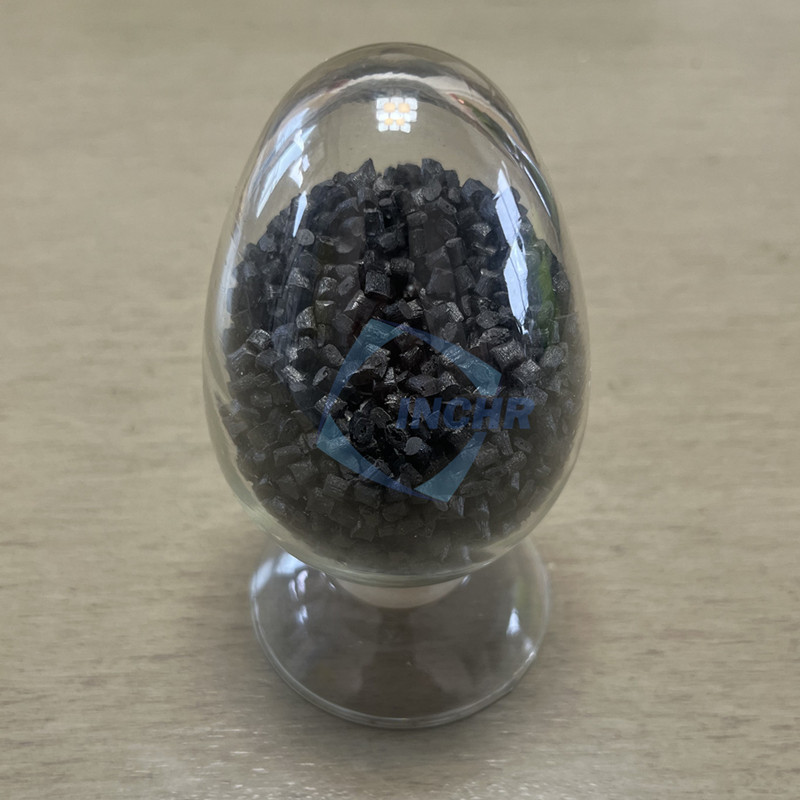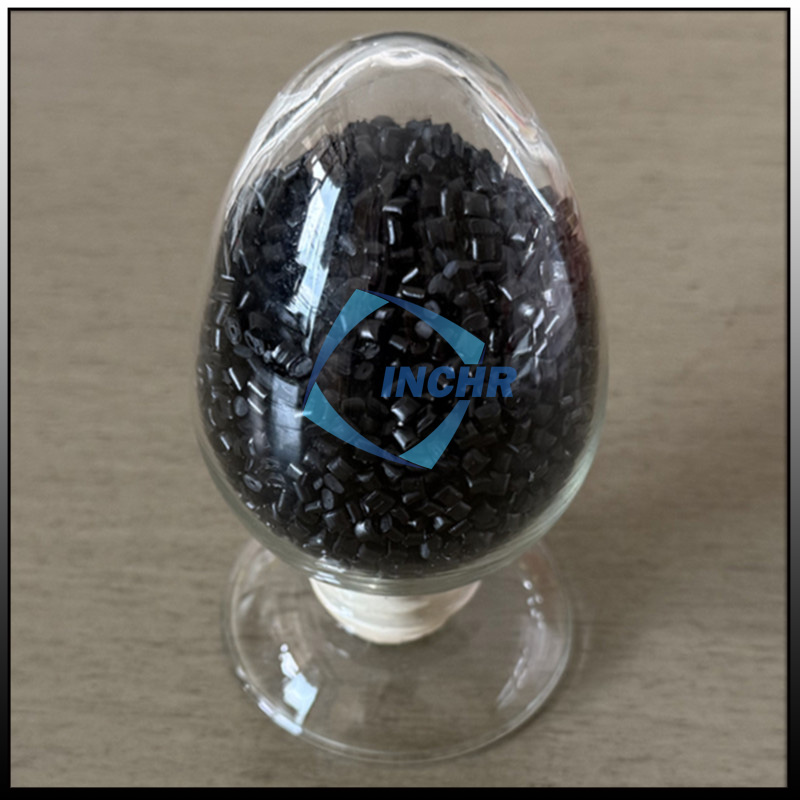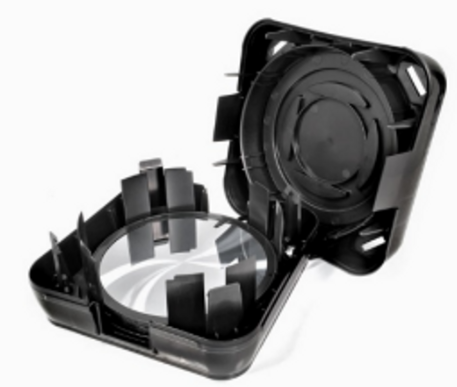Why Choose Carbon Fiber Reinforced Polymers? Unlocking Superior Performance
What makes this composite material so compelling? Why are engineers and designers increasingly turning to Carbon Fiber Reinforced Polymer (CFRP) over traditional metals and plastics? Let’s delve into the core advantages driving this shift.
1. Unbeatable Strength-to-Weight Ratio: This is CFRP’s crown jewel. Pound for pound (or gram for gram), CFRP is significantly stronger and stiffer than steel and aluminum. This translates directly into:
* Lighter Structures: Vehicles (cars, planes, bikes) consume less fuel or battery power. Sporting goods (bikes, rackets, helmets) become more agile and responsive.
* Increased Payload Capacity: Aerospace and automotive applications can carry more passengers, cargo, or equipment without sacrificing structural integrity.
* Enhanced Performance: Lighter components mean faster acceleration, better handling, and reduced inertia.
2. Exceptional Stiffness & Dimensional Stability: CFRP composites exhibit high rigidity, resisting deformation under load far better than many metals and unreinforced plastics. They also maintain their shape exceptionally well under varying temperatures and humidity, crucial for precision components in aerospace, optics, and scientific instruments.
3. Tailored Design Freedom: Unlike isotropic materials (like metals), CFRP is anisotropic. This means engineers can strategically orient the carbon fiber layers during manufacturing to precisely match the load paths and stresses a specific part will experience. This allows for optimized, complex shapes that would be impossible or prohibitively expensive to create with metal, maximizing performance while minimizing weight and material waste.
4. Outstanding Fatigue Resistance: Metals weaken over time when subjected to repeated stress cycles (fatigue). CFRP composites demonstrate superior fatigue resistance, making them ideal for applications like aircraft wings, wind turbine blades, and suspension components that endure constant vibration and cyclic loading. This translates to longer service life and enhanced safety.
5. Corrosion & Chemical Resistance: CFRP laughs in the face of rust. It’s inherently resistant to corrosion from moisture, salt spray, chemicals, and many industrial environments that rapidly degrade steel and aluminum. This drastically reduces maintenance costs and extends the lifespan of structures like bridges, marine vessels, chemical processing equipment, and offshore platforms.
6. Potential for Complex Integration: CFRP manufacturing processes (like resin transfer molding – RTM or automated tape laying – ATL) enable the creation of large, complex, single-piece structures. This reduces the need for numerous fasteners and joints (potential weak points), simplifies assembly, improves aesthetics, and further reduces weight.
7. Energy Absorption & Safety: While incredibly strong, CFRP can be designed to absorb significant amounts of energy through controlled deformation and fiber fracture. This makes it valuable in impact-resistant applications like racing car monocoques, protective gear, and automotive crash structures, enhancing passenger safety.

Addressing the Challenges (Briefly):
It’s important to acknowledge CFRP isn’t a universal panacea. Key considerations include:
Higher Cost: Raw materials and manufacturing processes are generally more expensive than traditional metals.
Complex Manufacturing: Requires specialized expertise and equipment.
Repair Difficulty: Damage assessment and repair are often more complex than with metals.
The Verdict: A Strategic Choice
Choosing CFRP isn’t about blindly replacing metal; it’s about making a strategic decision based on performance requirements. If your design demands extreme lightweighting without sacrificing strength, exceptional stiffness, corrosion resistance, long fatigue life, complex geometries, or superior energy absorption, CFRP presents an unparalleled solution.
From revolutionizing aerospace and automotive efficiency to enabling cutting-edge sporting goods and durable infrastructure, Carbon Fiber Reinforced Polymer is the material of choice when pushing the boundaries of performance and innovation is paramount. The initial investment is often justified by the significant long-term gains in efficiency, durability, safety, and functionality. When performance truly matters, CFRP delivers.
https://www.inchr-esd.com/carbon-fiber-reinforced-polymer-future-forged-in-fiber/




